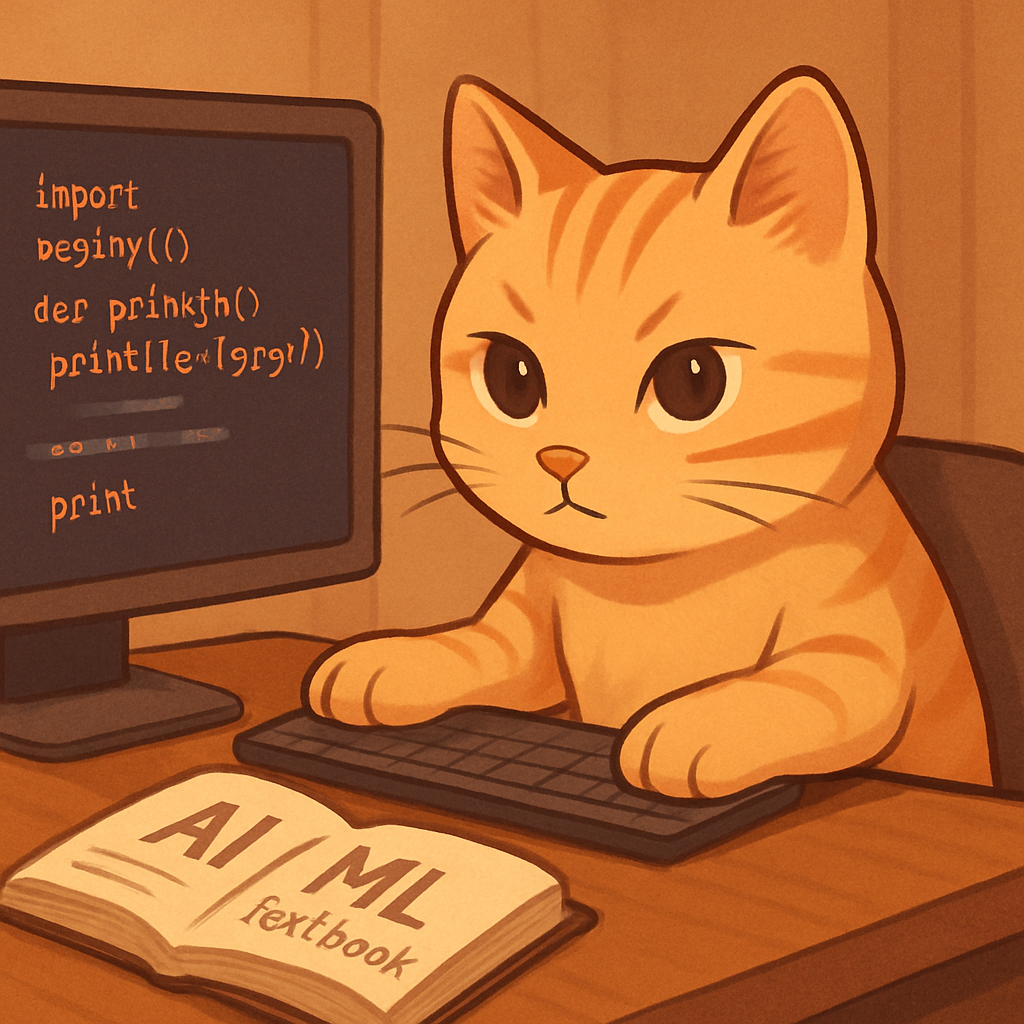Working with Functions and Data Structures in Python
Why I studied this
I wanted to write cleaner programs by organizing code into functions.
I also wanted to understand how data is passed into functions, especially with dictionaries and lists.
What I did
1. Structuring student scores using functions
studentList = [{"name": "Chris", "kor": 90, "eng": 80, "mat": 70}]
def calculate_total(student):
student['total'] = student["kor"] + student["eng"] + student["mat"]
def calculate_avg(student):
student['avg'] = student["total"] / 3
def calculate_grade(student):
if student['avg'] > 90:
student['grade'] = "수"
elif student['avg'] > 80:
student['grade'] = "우"
elif student['avg'] > 70:
student['grade'] = "미"
else:
student['grade'] = "가"
Each function has a single role — keeping things clear and reusable.
2. Calculating weekly wages with dictionaries
workerList = [
{"name": "Chris", "work_time": 30, "per_pay": 20000},
{"name": "Charles", "work_time": 20, "per_pay": 30000},
{"name": "Jessie", "work_time": 50, "per_pay": 20000}
]
def process(worker):
worker['pay'] = worker['work_time'] * worker['per_pay']
Each worker is a dictionary, and the function modifies it directly.
3. Understanding value vs reference in function arguments
def toDouble(x):
x = x * 2
a = 10
toDouble(a)
print(a) # Still 10
Integers are passed by value, so changes inside the function don’t affect the outside.
def toDouble2(mydict):
mydict["x"] *= 2
mydict["y"] *= 2
mydict = {"x": 1 , "y": 1}
toDouble2(mydict)
print(mydict) # {'x': 2, 'y': 2}
Dictionaries are passed by reference — changes inside the function affect the original.
4. Generating random student scores and working with them
import random
scoreList = []
def init():
names = ["홍길동", "홍경래", "장길산", "서희", "윤관", "감강찬", "김연아", "안세영", "조승연"]
for name in names:
scoreList.append({
"name": name,
"kor": random.randint(40, 100),
"eng": random.randint(40, 100),
"mat": random.randint(40, 100)
})
The init() function populates a global list with randomized student data.
What I learned
- Functions make programs easier to manage and test.
- Lists and dictionaries can be passed to functions and updated inside.
- Simple types like integers are passed by value, but mutable types (like dicts) are passed by reference.
What I want to do next
I want to organize more complex data and try writing reusable utility functions.
Maybe even try building a CLI app with menus for input and output.
